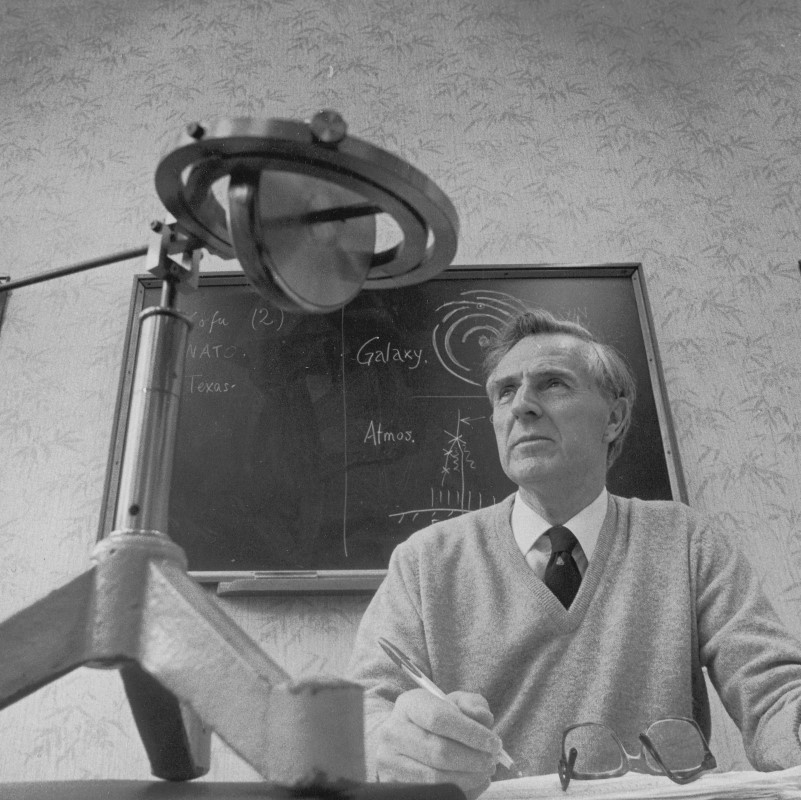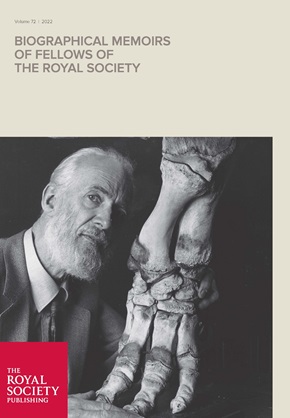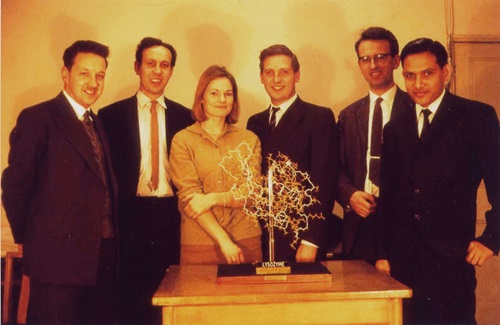From the very small to the very big, the latest collection of Biographical Memoirs spans the full scale of scientific endeavour.

Volume 72 of Biographical Memoirs features the work of Royal Society Fellows spanning the full scale of scientific endeavour. Here we consider some of the fascinating questions answered in the memoirs.
features the work of Royal Society Fellows spanning the full scale of scientific endeavour. Here we consider some of the fascinating questions answered in the memoirs.
How are proteins made and how do they work?
Three of the new memoirs recount ground-breaking structural biology advances that were key to understanding the inner workings of the protein assembly-line in our cells—from DNA blueprint to amino acid sequence—as well as for explaining how some proteins go on to function.
The story starts with messenger RNA—a copy of a portion of DNA that acts as a template for a protein. Kiyoshi Nagai elucidated the structure of the molecular machine known as the spliceosome, which is responsible for splicing out non-coding genetic material, preparing the messenger RNA for the next stage—translation.
The critical step of translating genetic code into amino acid sequence takes place at another molecular complex: the ribosome. After a career of determining the structure and function of other protein complexes and enzymes key to the DNA-protein relationship, Thomas Steitz shared the Nobel Prize in chemistry in 2009 with Venki Ramakrishnan FRS (former President of the Royal Society, and one of the authors of this memoir) and Ada Yonath ForMemRS for their work solving the ribosome’s structure and function.
Finally, how do these newly created proteins act as enzymes and mediators of signalling in our cells? Dame Louise Johnson’s pioneering work in protein crystallography and structural enzymology developed our understanding of the dynamic structural changes at the core of certain protein function.

Dame Louise Johnson and the lysozyme team at the Royal Institution in London in 1965.
How fast can a dinosaur run?
Neill Alexander, posing with a hippopotamus foot on the cover, specialised in animal locomotion—from physiology to mathematical modelling—across a wide range of animal (extant and extinct). His work on dinosaurs included a technique to estimate their speed based on the spacing of their fossil footprint; as well as a strength indicator based on bone dimensions and estimated animal mass:
“This enabled him to argue, for example, that although large dinosaur speeds estimated from footprints were slow, brontosaurs had leg bones strong enough to enable them to behave as athletically as modern elephants.”
And what about fish? Quentin Bone, also featured here, dedicated his life’s work to the matter of marine locomotion, studying muscle, metabolism, flotation, and hydrodynamics, across fish and pelagic invertebrates.
Signs of alien life or just a spinning star?
Pulsating signals detected in the mid-to-late-60s by radio astronomer Anthony Hewish’s team stirred up speculation of extra-terrestrial contact. What turned out to be radiation recordings of rapidly rotating, magnetized neutron stars earned Anthony a share of the 1974 Nobel Prize in physics. Another astronomy highlight is the memoir of Sir Arnold Wolfendale (pictured top), who worked in cosmic ray and gamma ray astronomy, and served as Astronomer Royal.
Other notable physicists include the theoretical condensed matter physicist David Thouless (another physics Nobel Prize winner, for theoretical discoveries of topological phase transitions and topological phases of matter), and also John Polkinghorne, a theoretical physicist who made many contributions to elementary particle physics, before going on to become an Anglican priest, walking the line between science and religion.
As well as these highlights, you can learn about the science of pain, the characterization of gemstones, the work of the Wolfson Foundation, and much more. Visit our website to read all past memoirs for free.
Images:
Top: Sir Arnold Wolfendale poses characteristically in his office as the newly-appointed Astronomer Royal in 1991. (Photograph provided by John Osborne; copyright unknown.)
Volume cover: Robert McNeill Alexander with the foot of a hippopotamus. Photographed in 1991 by Sue Adler, and used with permission from the photographer and the Alexander family.
The lysozyme team at the Royal Institution: G. A. Mair, C. C. F. Blake, Louise Johnson, A. C. North, D. C. Phillips, V. R. Sarma. (Photograph courtesy of A. C. North.)



